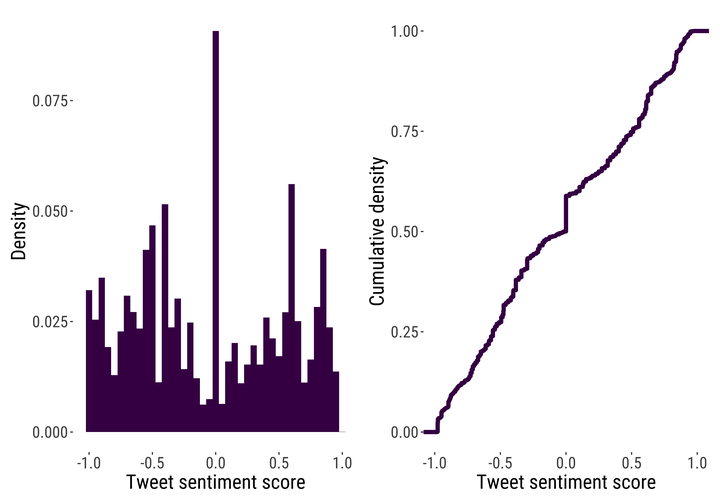Using Twitter Data to Monitor Immigration Sentiment. Harnessing Data Innovation for Migration Policy. A Handbook for Practitioners.

Abstract
Immigration is a key ingredient for social cohesion and economic development. Yet, it is often portrayed as a major threat to national identity, values, economic stability and security, resulting in acts of intolerance, discrimination, racism, xenophobia and violent extremism. Understanding how misperceptions towards immigration are formed and shaped is key to address combat misrepresentations of immigrants. Typically attitudes towards immigration are studied based on qualitative and nationally representative surveys but they offer low population coverage, coarse geographical resolution and slow data collection. Social media offers dynamic and open space to better understand experiences and public opinion about immigration. While some bias exists, social media data are produced at unprecedented temporal frequency, geographical granularity and is accessible in real time. This paper aims to illustrate how attitudes towards immigration can be measured using Twitter data and natural processing language. Key findings indicate that negative attitudes emerge from a reduced number of users, and are more commonly manifested and intensify during negative immigrant news reflecting arguments of job competition and stricter immigration regulation. Positive attitudes are expressed by a more diffused number of users and are predominantly express to manifest support during specific events reflecting supportive arguments for immigrants' human and civil rights.